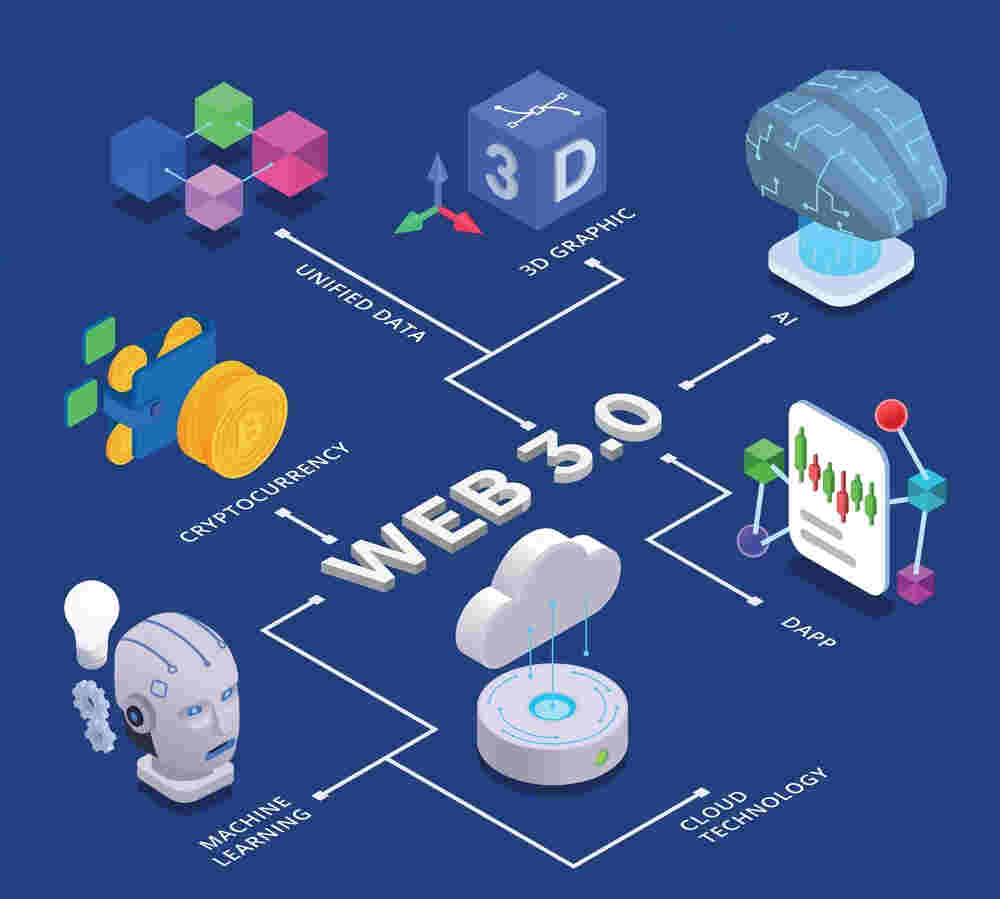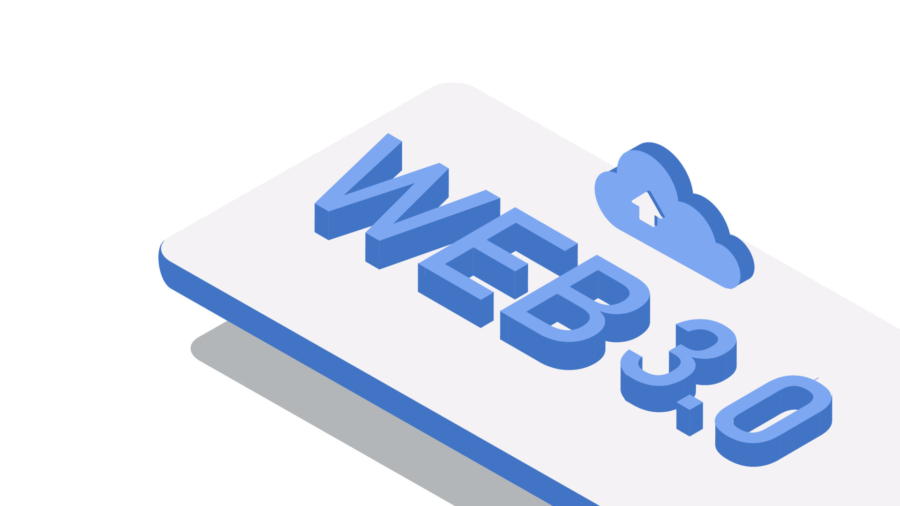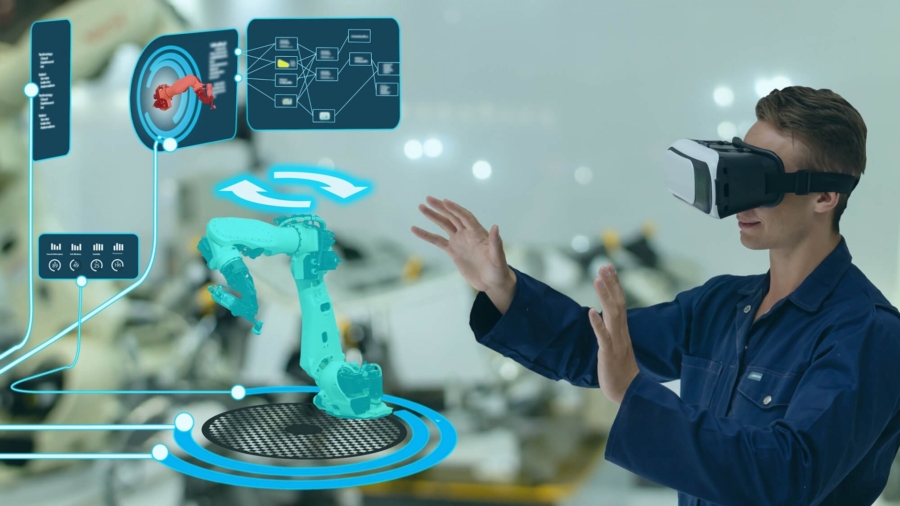Creating Decentralized Applications for the Next Generation Web
Web3, also known as Web 3.0, is the next generation of the internet and it is built on the blockchain technology. With Web3, the internet will be more decentralized, transparent, and secure. The use of blockchain technology allows for the creation of decentralized applications (dApps) that can be used for a wide range of purposes. In this blog post, we will discuss the basics of Web3 and how to create decentralized applications for the next generation web.

The blockchain technology that powers Web3 is a decentralized, digital ledger that records transactions in a secure and transparent manner. This technology is the backbone of Web3, and it enables the creation of dApps that can be used for a wide range of purposes. dApps are decentralized applications that run on a blockchain network, and they are not controlled by any central authority.
One of the key advantages of dApps is that they are transparent and secure. This is because the data is stored on a decentralized network and is accessible to anyone. Additionally, the data is encrypted, which makes it more secure than traditional applications.

Another advantage of dApps is that they are decentralized. This means that they are not controlled by any central authority, and this gives users more control over their data. dApps are also more resistant to censorship and can operate without interruption, even if a central authority attempts to shut them down.
To create a dApp, you will need to have a basic understanding of the blockchain technology and smart contracts. Smart contracts are self-executing contracts that are stored on the blockchain, and they are used to facilitate the operation of dApps.
To create a dApp, you will need to:
- Choose a blockchain platform: There are several blockchain platforms available, such as Ethereum, EOS, and TRON. Each platform has its own set of advantages and disadvantages, so you will need to choose the one that best fits your needs.
- Learn to code: To create a dApp, you will need to have a basic understanding of coding. This can be done through online tutorials or by taking a coding course.
- Create a smart contract: This is the backbone of your dApp, and it will contain the logic that will govern the operation of your dApp.
- Build the user interface: This is the part of your dApp that users will interact with, and it is important to make it user-friendly.
- Test and deploy your dApp: Once your dApp is complete, you will need to test it to ensure that it is working correctly. Once it is ready, you can deploy it on the blockchain platform of your choice.

In conclusion, Web3 is the next generation of the internet and it is built on the blockchain technology. With Web3, the internet will be more decentralized, transparent, and secure. The use of blockchain technology allows for the creation of decentralized applications (dApps) that can be used for a wide range of purposes. To create a dApp, you will need to have a basic understanding of the blockchain technology and smart contracts. With the right knowledge and tools, anyone can create a dApp for the next generation web.




